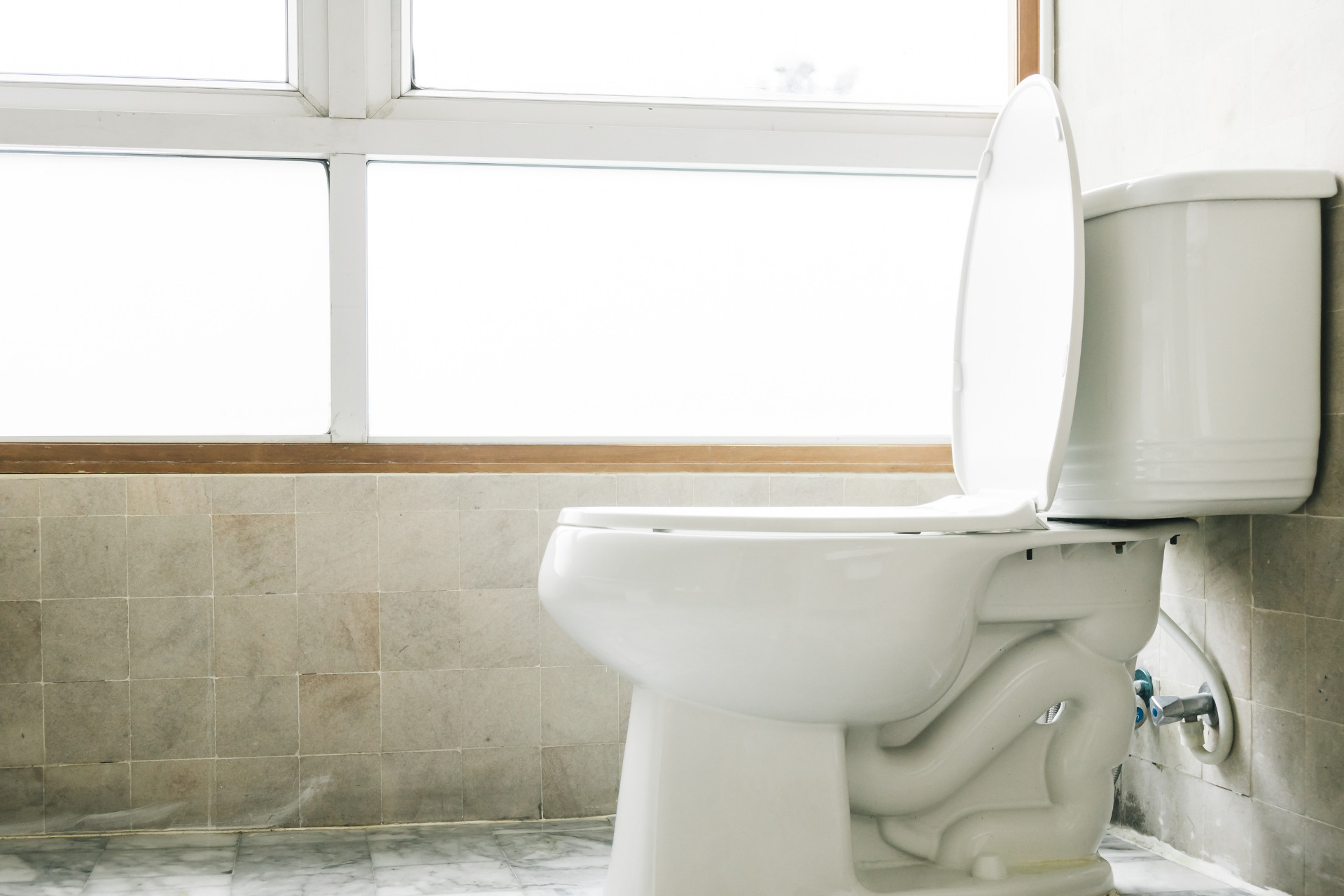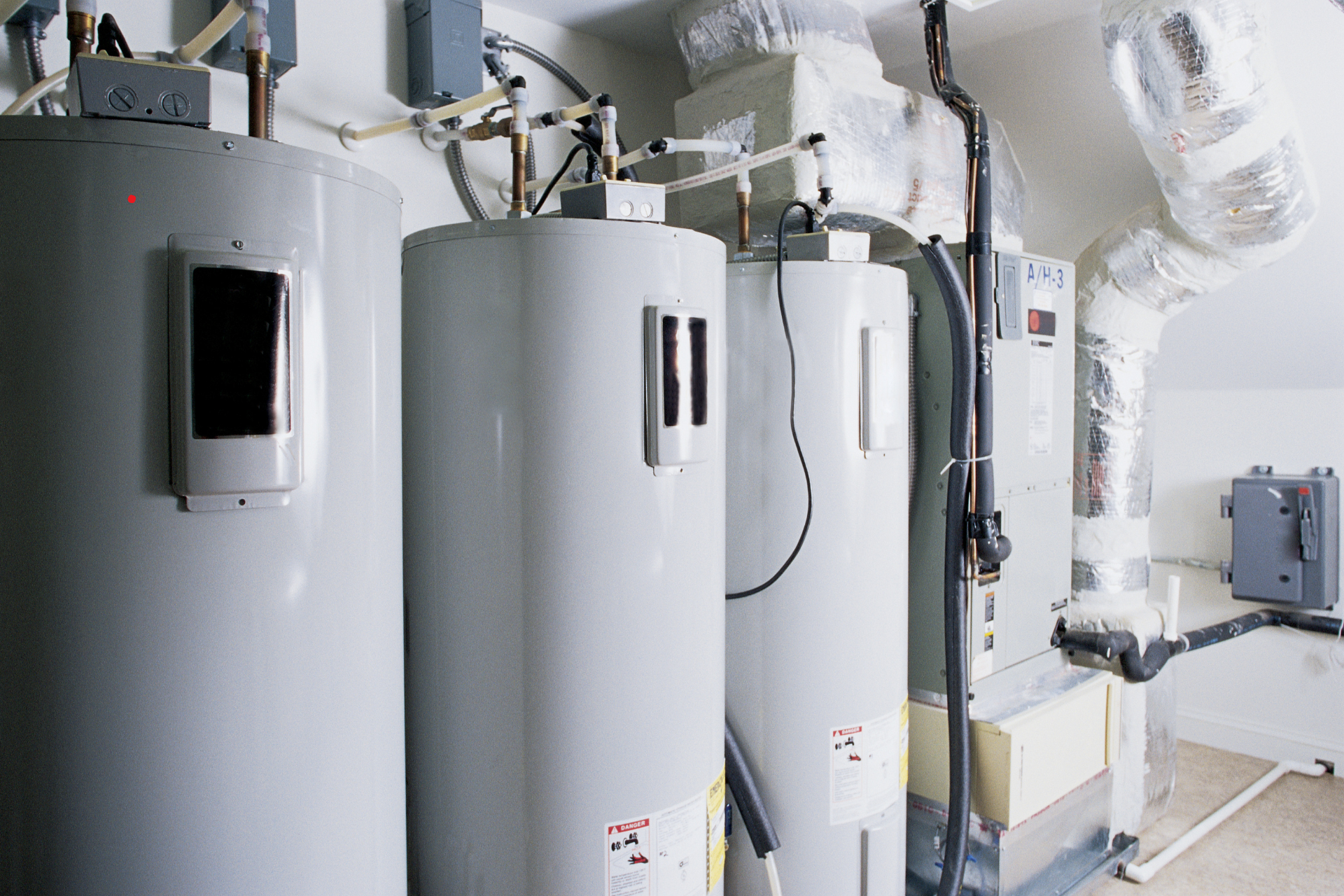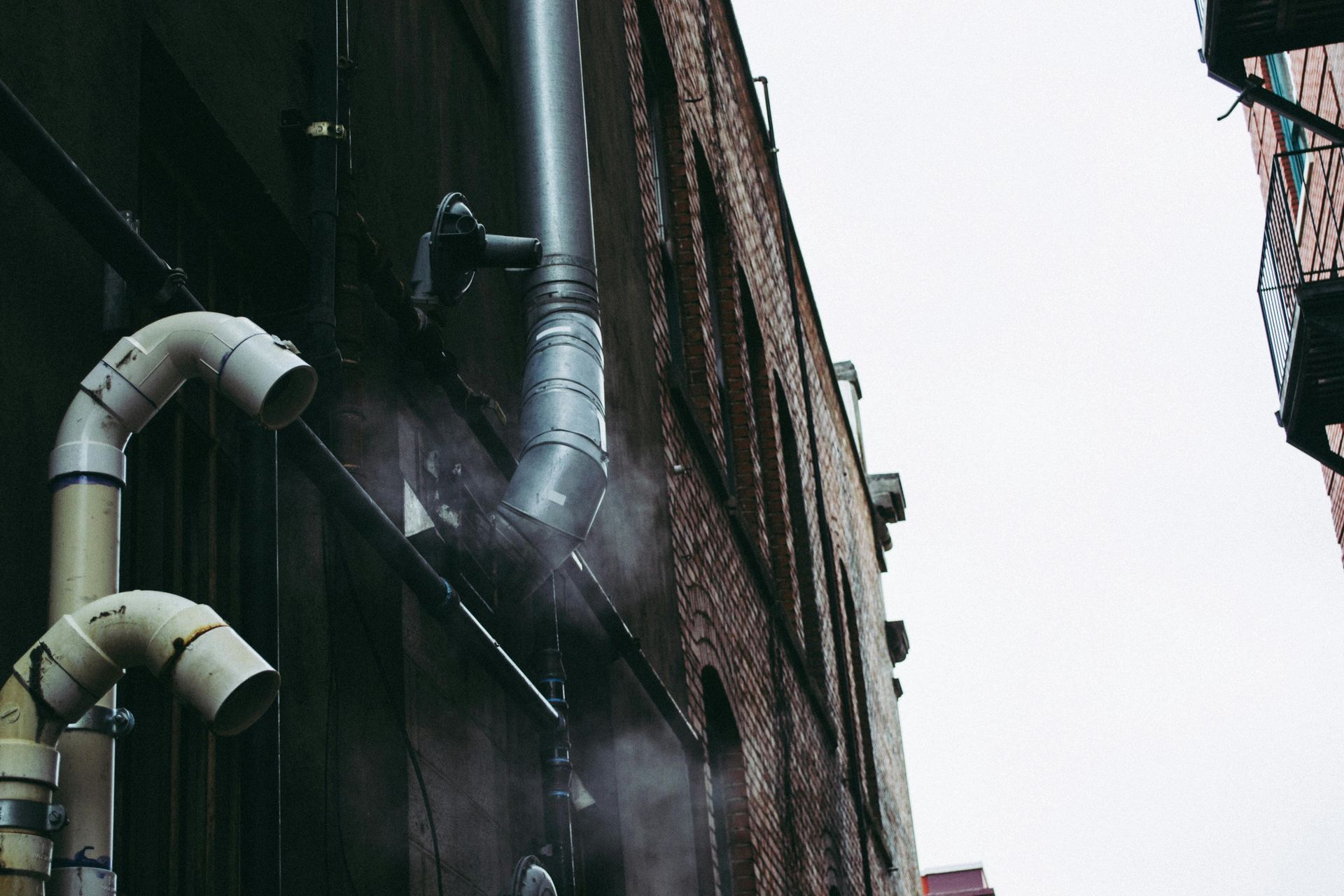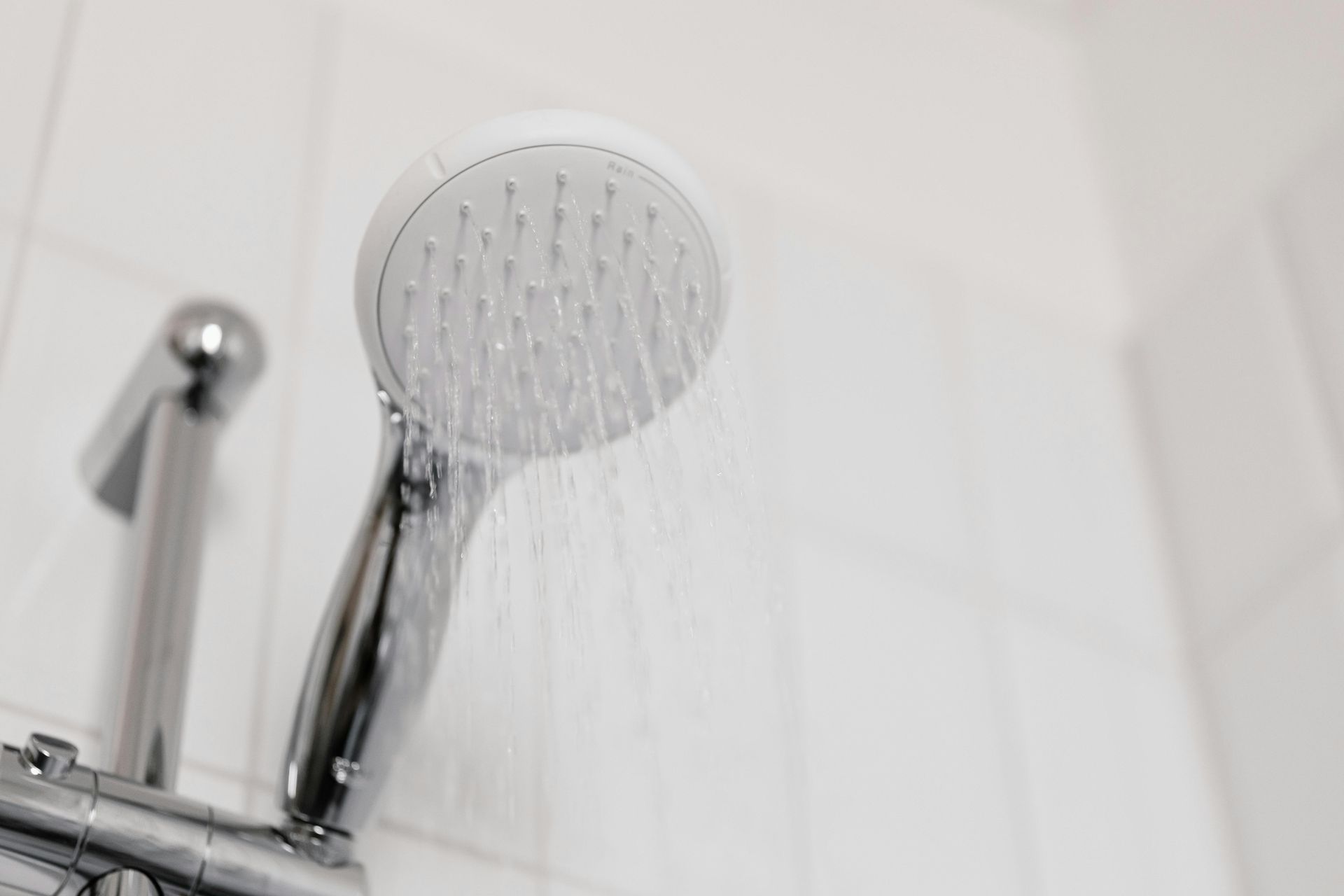Understanding Cracks in Toilet Tanks: Causes and Risks
A cracked toilet tank is an issue that many homeowners overlook until it leads to visible leaks or unexpected water damage. Whether it’s a small hairline crack in the toilet tank or a noticeable fracture, this type of damage can compromise the entire toilet system over time.
Where Do Toilet Tank Cracks Appear?
Cracks in the tank can appear in different locations:
- Along the sides of the tank
- At the back near mounting bolts
- Around the base where the tank connects to the bowl
- Internally, where cracks may be hidden beneath the waterline
A toilet tank crack may start out as a barely visible line but slowly worsen, especially under daily water pressure and temperature fluctuations.
Common Causes of Toilet Tank Cracks
- Accidental Impact
The most frequent cause of a crack in the toilet tank is a sudden impact. For example, dropping a heavy object like a shaving kit, mirror, or shelf component onto the tank lid can create fractures. - Overtightening of Bolts
When bolts connecting the tank to the bowl are tightened too much, the ceramic can crack over time due to built-up stress. These hairline cracks often start near the bolt holes and expand with use. - Aging and Material Wear
Porcelain and vitreous china are long-lasting materials, but after years of exposure to water, temperature changes, and cleaning agents, the surface may weaken. Older toilets are more prone to fine cracking. - Manufacturing Flaws
Although rare, structural flaws during the production process may result in weak spots that develop into cracks later on, even without external force. - Thermal Stress
Sudden changes in temperature—like flushing with cold water on a hot day—can cause the material to expand and contract, leading to toilet tank cracks over time.

Signs You May Have a Cracked Toilet Tank
Some cracks are visible, while others are more subtle. Look for:
- Damp spots behind or under the toilet
- Unexpected drops in tank water level
- Visible lines or fractures near bolts
- Water seeping around the base of the tank
Even if the toilet still functions, ignoring these signs can result in leaks, mold, or damage to the bathroom floor and walls.
Why It Matters
A cracked toilet tank doesn’t just pose a risk of leaks. Over time, pressure from repeated flushing or internal vibrations can cause a hairline crack to expand quickly—potentially leading to sudden tank failure and flooding.
What to Do Next
If you suspect damage, it’s essential to avoid temporary fixes like sealants or adhesives. While they may delay leakage, they don’t restore the structural integrity of the tank. Professional inspection is the safest way to determine whether replacement is needed.
Fly Plumbing is here to help assess the condition of your toilet and recommend the most effective long-term solution.
Frequently Asked Questions
Can a cracked toilet tank be repaired?
Minor cracks might be sealed temporarily, but this is rarely a long-term solution. In most cases, replacing the tank is safer and more effective.
What causes a crack in the toilet tank?
Common causes include overtightened bolts, impact from heavy objects, aging materials, and thermal stress from sudden temperature changes.
Is it safe to use a toilet with a cracked tank?
It’s not recommended. Even a small hairline crack can suddenly worsen, leading to leaks or flooding.












